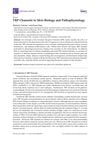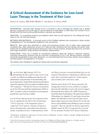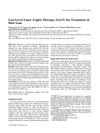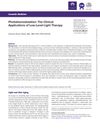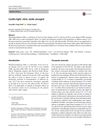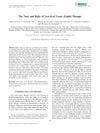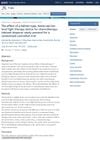Mechanisms and Applications of the Anti-Inflammatory Effects of Photobiomodulation
January 2017
in “
AIMS biophysics
”
photobiomodulation red light therapy near-infrared light therapy cytochrome c oxidase ATP production reactive oxygen species nitric oxide calcium modulation transcription factors cell survival cell proliferation cell migration protein synthesis biphasic dose response antioxidant defenses inflammatory markers androgenetic alopecia alopecia areata PBM ROS NO AGA AA
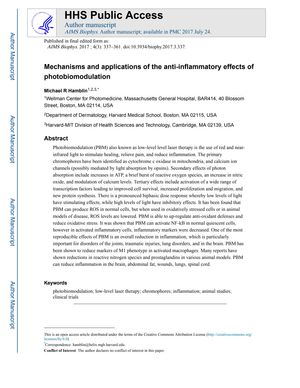
TLDR Photobiomodulation therapy using red and near-infrared light can reduce inflammation and aid in healing various conditions.
The document from 2017 explores the anti-inflammatory effects of photobiomodulation (PBM), a therapy using red and near-infrared light to stimulate healing and reduce inflammation. It describes the primary mechanisms of PBM, including the activation of cytochrome c oxidase in mitochondria, which leads to increased ATP production, a burst of reactive oxygen species (ROS), increased nitric oxide, and modulation of calcium levels. These effects in turn activate transcription factors that improve cell survival, proliferation, migration, and protein synthesis. The document reports that PBM has a biphasic dose response and can reduce ROS levels in stressed cells, up-regulate antioxidant defenses, and decrease inflammatory markers in inflammatory cells. It has been shown to reduce inflammation in various tissues and conditions, including joint disorders, traumatic injuries, lung disorders, brain conditions, and autoimmune diseases. Clinical applications include treatment for muscle soreness, Achilles tendinopathy, chronic autoimmune thyroiditis, psoriasis, arthritis, and hair loss conditions like androgenetic alopecia and alopecia areata. The document also suggests that further research is needed to fully understand the pathways of PBM's anti-inflammatory action and its potential in treating chronic conditions.
